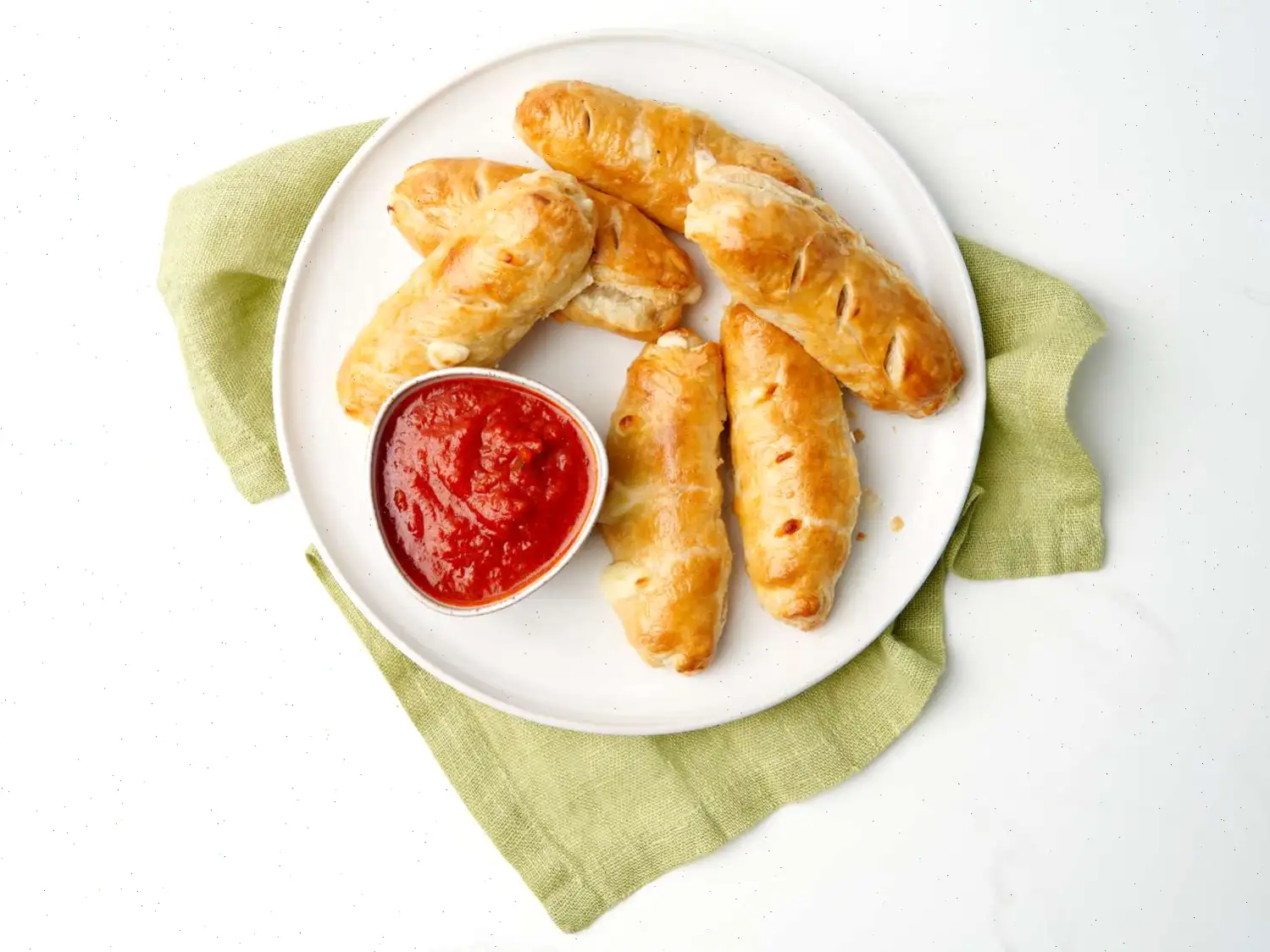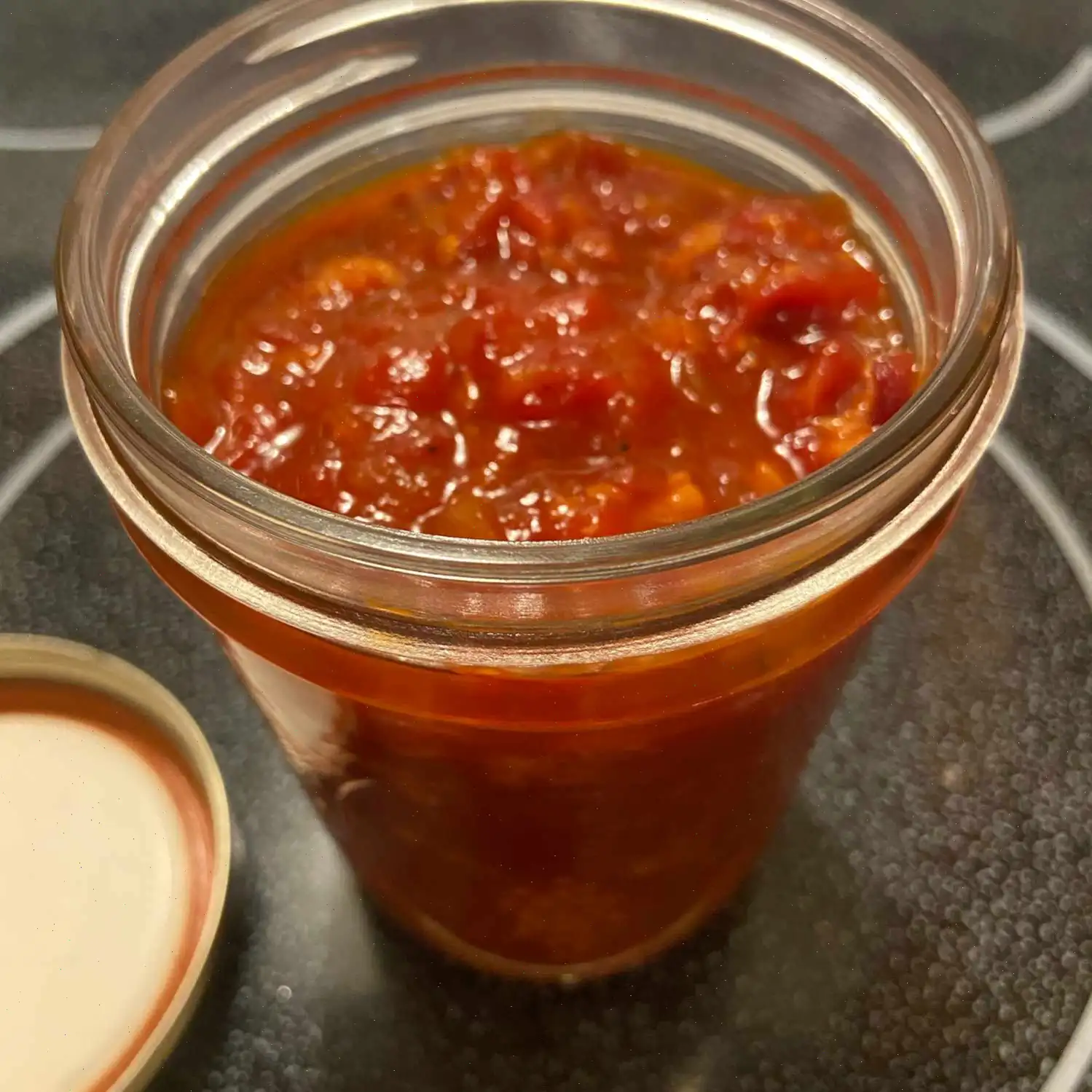
Caprese Garlic Bread Recipe
Ingredients
- 1 (12 ounce) loaf French bread
- Olive oil spray
- 4 tablespoons salted butter, softened
- 5 cloves garlic, pressed
- 12 ounces fresh mozzarella cheese, thinly sliced
- 4 small tomatoes, sliced (or more, as needed)
- Salt and freshly ground black pepper to taste
- 1/3 cup chopped fresh basil
- Drizzle of balsamic glaze
Directions
- Preheat the oven to 400F (200C) and line a baking sheet with parchment paper.
- Cut the loaf of bread in half lengthwise. Lightly spray the cut sides with olive oil and place them on the prepared baking sheet, cut side up.
- In a small bowl, combine the softened butter and pressed garlic. Spread the garlic butter evenly over the cut sides of the bread.
- Top the garlic buttered bread with the thin slices of fresh mozzarella cheese.
- Place the baking sheet in the preheated oven and bake for 8 to 11 minutes, or until the cheese is melted and the edges of the bread begin to brown.
- Once baked, remove from the oven and layer the sliced tomatoes over the melted cheese.
- Season with salt and freshly ground black pepper to taste, then sprinkle with chopped fresh basil.
- Drizzle with balsamic glaze and cut the bread into slices before serving.
Nutrition Facts
| Per Serving | Amount |
|---|---|
| Calories | 311 |
| Total Fat | 16g |
| Saturated Fat | 9g |
| Cholesterol | 49mg |
| Sodium | 609mg |
| Total Carbohydrate | 27g |
| Dietary Fiber | 2g |
| Total Sugars | 5g |
| Protein | 15g |
| Vitamin C | 7mg |
| Calcium | 251mg |
| Iron | 2mg |
| Potassium | 208mg |
The Origins of Caprese Garlic Bread
Caprese garlic bread is a contemporary twist on the classic Italian Caprese salad, which traditionally combines fresh mozzarella, ripe tomatoes, and fragrant basil. Its roots can be traced back to the Italian island of Capri, where the salad first gained fame in the early 20th century. The addition of garlic bread is a modern adaptation, blending the rustic charm of Italian-style bread with the fresh, vibrant flavors of Caprese ingredients. While not an authentic traditional dish, Caprese garlic bread reflects the creativity and fusion approach characteristic of modern Italian cuisine worldwide.
Regional Characteristics
Though inspired by Italian cuisine, Caprese garlic bread has seen adaptations across different regions. In the United States, it is often made using French or ciabatta bread, reflecting local preferences for crusty, chewy textures. In Italy, artisanal breads such as focaccia or country-style loaves may be used, with olive oil replacing butter for a more Mediterranean flavor. Regional variations also appear in the seasoning: southern Italian versions might include a hint of oregano, while northern interpretations favor a simple drizzle of balsamic glaze to enhance the natural sweetness of tomatoes.
Distinctions from Similar Dishes
Caprese garlic bread differs from both traditional garlic bread and a classic Caprese salad. Unlike plain garlic bread, it incorporates fresh slices of mozzarella and tomato, along with basil and balsamic glaze, making it a more layered, flavorful experience. Compared to a Caprese salad, it adds a warm, toasty element and a richer, buttery texture. This combination creates a dish that is both an appetizer and a hearty snack, offering the crispiness of toasted bread and the creaminess of melted cheese in every bite.
Where It Is Commonly Served
Caprese garlic bread is commonly served as an appetizer in Italian-inspired restaurants, family gatherings, or casual dinner parties. It pairs beautifully with pasta dishes, soups, and salads, but can also be enjoyed on its own as a snack or light meal. During festive occasions, it is often arranged on platters for sharing, where its vibrant colors and enticing aroma make it a visually appealing starter that draws attention immediately.
Interesting Facts
- The dish is a perfect example of fusion cuisine, merging traditional Italian ingredients with a more modern comfort food concept.
- The use of balsamic glaze, rather than plain vinegar, adds a subtle sweetness and complexity that balances the garlic and tomato flavors.
- Caprese garlic bread can be easily customized by adding ingredients such as prosciutto, arugula, or roasted peppers, demonstrating its versatility.
- Despite being served warm, it retains the freshness and bright flavors of a traditional Caprese salad, making it a unique contrast between cooked and raw elements.
- Its visually appealing presentation, with layers of white mozzarella, red tomatoes, and green basil, reflects the colors of the Italian flag.
FAQ about Caprese Garlic Bread Recipe
Comments
Nicholas Walker
11/29/2024 01:40:13 PM
Made it once — can’t wait to do it again.








